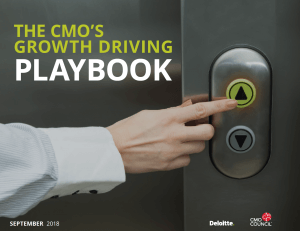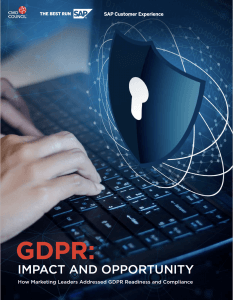Do you ask better questions?
October 24, 2018
 Given the amount of competition out there, the challenges of landing a new client and the struggles with keeping the clients you do have – I totally get the hunger to have the right answers. But, it’s not about the answers we provide, it’s about the questions we ask.
Given the amount of competition out there, the challenges of landing a new client and the struggles with keeping the clients you do have – I totally get the hunger to have the right answers. But, it’s not about the answers we provide, it’s about the questions we ask.
We want to think that after all, what our clients are paying us for is our expertise, our years of experience and our guidance. I want to suggest that while all of that is true – our expertise, experience, and guidance should show up in a different way. The more we can put aside our cookie-cutter solutions and assumptions the better our questions will be.
And ultimately, that leads to better answers. As Voltaire was credited with saying, “Judge a man by his questions rather than by his answers.”
When we are meeting with a prospective new client, the sentence I love to hear more than any other is “I’ve never been asked that before.” That means I am adding value. I am taking them in a direction they haven’t been before or coming at their issue from a different perspective. And odds are, the closer I am to getting to the best answers.
In terms of marketing, we have evolved from a black and white world to a world of iterations. I don’t care how right your solution is for today, given the rapid rate of change in our world, it’s not going to be spot on forever. Some solutions, like a company’s brand and product promises, need to stand the test of time. But today, most of our marketing tactics have a shelf life. Customer behavior, needs, and expectations are a moving target and we have to keep up with them.
If you don’t feel like the quality of your questions is where you want it to be – how do you up your game?
It helps if you’re naturally curious. Is your brain wired to wonder? The very trait that I am sure drove my parents crazy when I was a kid is one of my God-given superpowers as a professional. If you’re not naturally curious, then practice the art of curiosity. Like anything, you can create a habit around curiosity. Beyond that, try some of these techniques:
Keep it open-ended: Try to keep the conversation going by asking questions that require a longer response than a yes or no. Certain words trigger definitive answers and actually add a bias into the question. Avoid using the words “should” or “would” when you formulate a question. Don’t start off with “do you think” because you’re giving them license not to actually think about their answer.
Follow the rule of three: This is a digging deeper technique. Ask at least three follow-up questions to your original question before you move onto the next topic. This will require you to listen carefully and not be ready to jump in with the next question. Especially in a business setting, the first layer of questioning has been asked and answered a million times. You want to go where most haven’t thought to dig.
Beware of assumptions: One of my favorite questions is “if we had to prove that was true, how would we go about it?” So often, we make assumptions along the way and start speaking them as if they’re the absolute truth. But we have no basis for that other than our opinion or it may be a long-held belief that no one questions anymore. Remember that even if it was true in the past, it does not necessarily mean it’s still accurate.
Better questions make our work more collaborative and more accurate in terms of actually finding the best solutions for our clients. So, fire up your curiosity and ratchet up your Q&A sessions.
More






 The CMO Council just produced a very interesting guide that I think we should all review and think about as we begin our 2019 planning.
The CMO Council just produced a very interesting guide that I think we should all review and think about as we begin our 2019 planning.
 While some organizations saw the May 25 enforcement deadline for the General Data Protection Regulation (GDPR) as the finish line for compliance, leading edge marketing executives saw the day as a starting point of a journey to reinforce trust and actively improve the customer experience.
While some organizations saw the May 25 enforcement deadline for the General Data Protection Regulation (GDPR) as the finish line for compliance, leading edge marketing executives saw the day as a starting point of a journey to reinforce trust and actively improve the customer experience.